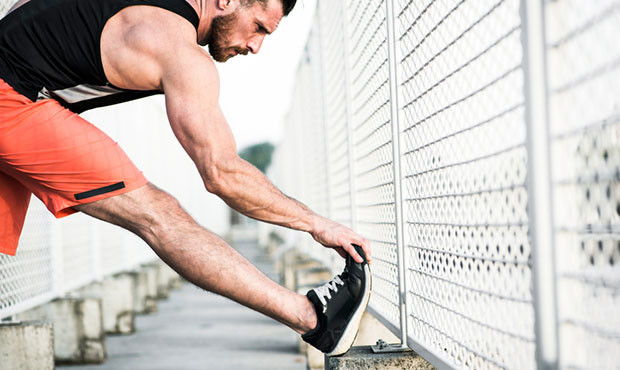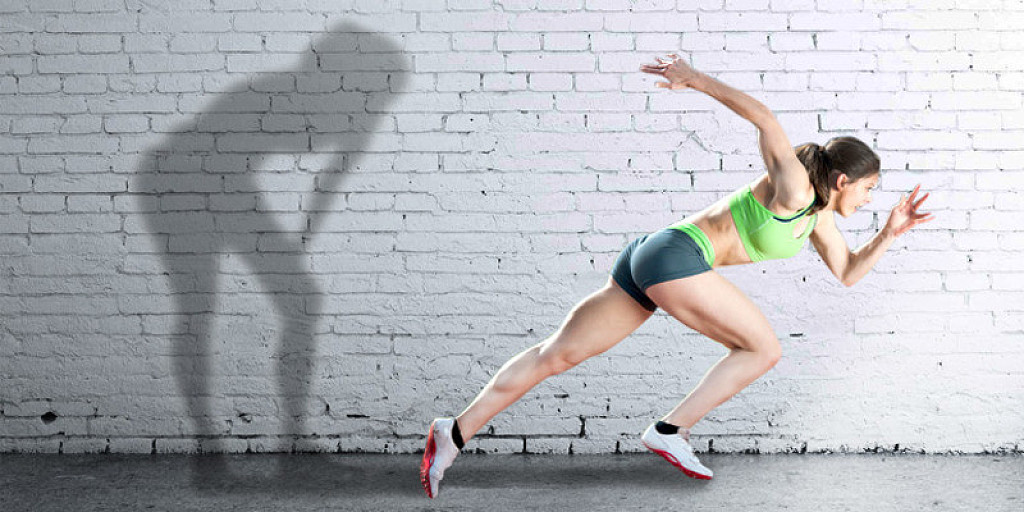Running News Daily
Running News Daily is edited by Bob Anderson. Send your news items to bob@mybestruns.com Advertising opportunities available. Train the Kenyan Way at KATA Kenya and Portugal owned and operated by Bob Anderson. Be sure to catch our movie A Long Run the movie KATA Running Camps and KATA Potato Farms - 31 now open in Kenya! https://kata.ke/
Index to Daily Posts · Sign Up For Updates · Run The World Feed
The most common running injuries every new runner should know about and how to avoid them
As any runner can tell you, pounding the pavement is not all runner’s high—there are aches and pains that come along with it. Running injuries can run the gamut from annoying to sidelining, which is why it’s important to accurately identify what’s going on.
Running is a high-impact exercise, meaning your entire body takes a bit of a beating when you run for a prolonged period of time.
Runner’s knee

What it is: "Patellofemoral pain syndrome, more commonly referred to as runner’s knee, is a dull, achy pain that originates underneath your kneecap and is typically felt during running, especially uphill, walking down stairs, or when moving from a sitting position to a standing position," John Gallucci, Jr., M.S., D.P.T., president and CEO of JAG Physical Therapy, tells SELF.
This is the most common running injury, especially for new runners, Ferber says. He notes that for some people, the pain may start at the beginning of the run, subside throughout, and then pick up again as soon as you stop running.

What causes it: "It's a grinding injury," Ferber says. There's cartilage under your kneecap and also along your thigh bone, and a layer of fluid in between the two works as cushioning, Ferber explains. He says to think of the kneecap as a train, and the thigh bone (femur) as the train track. When the hips are weak, the thigh bone loses its stability and moves underneath the kneecap. "The railroad track starts moving. Those pieces of cartilage start to rub together, and that’s what causes the pain," Ferber explains.
How to treat it: This is something most runners can deal with and will attempt to run through, Dr. Gallucci says. But (surprise!) that's not a good idea. "If not properly managed, patellofemoral syndrome can progress into a more severe injury that could require surgical intervention, such as a fissuring or fracturing of the patella," he says.
Initially, you should stop running and try to limit inflammation—taking anti-inflammatory medications such as ibuprofen can help.
How to prevent it: After you’re pain-free, work on strengthening your hips, says Ferber, who coauthored a study on the benefits of treating runner's knee with hip and core exercises. In the study, people with knee pain who completed six weeks of core and hip strength training reported an earlier resolution of pain and gained more strength than those who performed knee-focused rehab.
Plantar fasciitis
What it is: Plantar fasciitis causes a stabbing pain on the bottom of the foot near the heel. "It's usually a little bit stiff at the beginning of a run, and then the pain goes away. Then it's a little stiff when you finish," says Ferber. "But it hurts first thing in the morning. That first step out of bed is excruciating at the heel. It can take 15 to 30 steps to get it warmed up and to go away, and then you kind of forget about it."
What causes it: The plantar fascia is a thick band of connective tissue that runs along the sole of the foot from the toes to the heel. Its job is to support your arch, Ferber says. "It gets stretched every time the foot comes down, and runs back out as the foot pronates," he explains. It's designed to be thick enough to withstand these forces, but too much repeated tension on the fascia can cause irritation and inflammation.
Since the fascia is connected to so many parts of your foot and leg, there are many things that can contribute to plantar fasciitis. Poor running mechanics, flat feet, weakness of the hips, weakness of the core, poor control of pelvic positioning, and nerve irritation in the lower back can all contribute to this inflammation and pain, Dr. Licameli says. Tight calf muscles or even inflexible toes can strain this connective tissue, too, adds Ferber.
How to treat it: "We say to stretch and do heel raises to make sure the muscles crossing underneath the foot are good and strong. That takes the load off the plantar fascia," Ferber says. "Plus, a good arch support (just an over-the-counter orthotic) will take some stress off." Dr. Licameli also suggests strengthening your hips and core.
How to prevent it: Strengthening exercises are helpful for prevention, too. "And always warm up properly," Dr. Licameli says.
Achilles tendinitis
What it is: This type of tendon injury causes inflammation and pain in your Achilles tendon (along the back of your heel), especially when walking, running, raising up on your toes, and stretching your calf muscles, Dr. Licameli says. It's an aching, dull pain, usually right where the muscle transitions to tendon, Ferber says.
The pain can also be deeper in the thickest part of your tendon, which is more common as you age. “You lose blood supply in the mid part of the Achilles tendon and it becomes brittle. It starts happening in about your 40s," Ferber explains.
What causes it: Any weakness or tightness in the calves, glutes, or hamstrings can affect the Achilles tendon. We use our calf muscles and glutes to propel us forward, and if they're not their jobs, smaller things like tendons have to take over, which can end up causing a lot of strain. Dr. Licameli adds that having weak hips or core or flat feet can all impact how much strain is on the Achilles tendon.
It also tends to be more common when people increase their activity suddenly, whether it’s running more miles or increasing speed.
How to treat it: You may need to rest from high-impact activity until the pain resolves. Icing the affected area can also help you feel better. But again, strengthening and stretching the muscles at play is key here. Often it's the hips or calves that need to be strengthened, but issues with the feet are core are common too.
How to prevent it: Continue stretching and strengthening those muscles. Since there can be so many different causes, you need to figure out the main one in order to properly treat it—that's why it's so important to see a professional to help you get to the bottom of it, Ferber says.
While many people new to running might think the dreaded stress fracture is an injury reserved for more experienced—and higher mileage—runners, it can actually hit beginners too, says Dr. Vasudevan. Stress fractures are more likely to occur when there is a change to a running routine, such as more miles, a different terrain, or a higher intensity, he says. That means a beginner who is just getting started, and ramps up too soon, can be at risk.
Strengthening can help improve your biomechanics when running, says Dr. Vasudevan. You’ll also want to make sure you’re not increasing mileage too rapidly or suddenly changing your running terrain. Fueling your activity properly is important too.
by Amy Marturana Winderl, C.P.T.
Login to leave a comment




